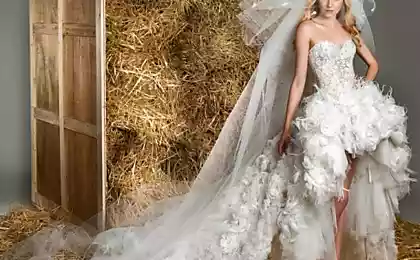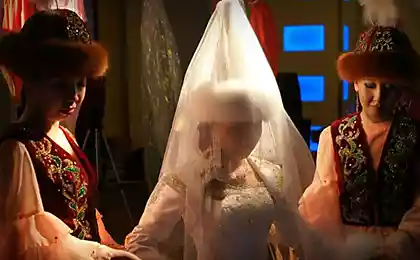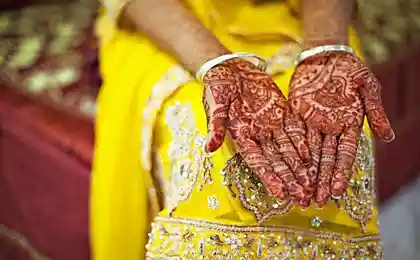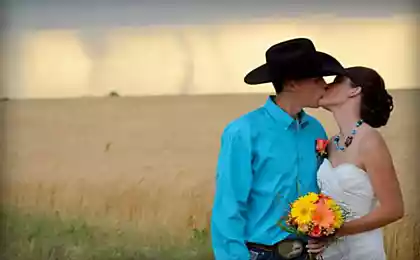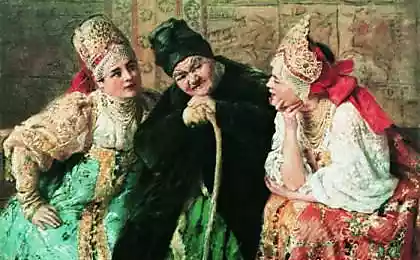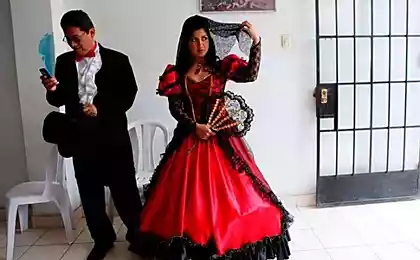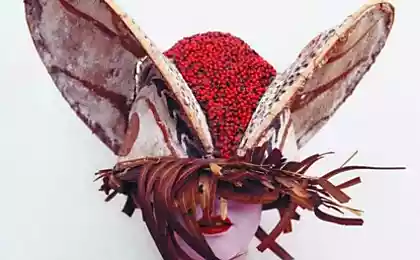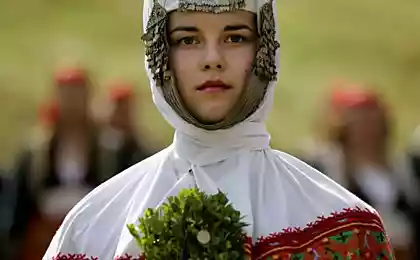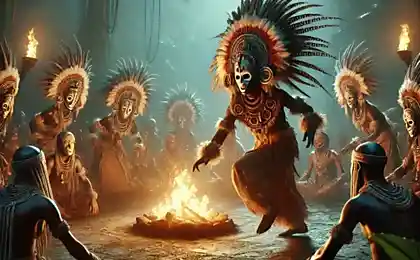596
The history of wedding veils
The history of veils, that essential accessory of the bride and decoration of the wedding dress, originates in the rituals and religious ceremonies of ancient times. If today the veil is a Flirty-sheer fabric, not hiding the bride's face, the ancient role of wedding veils performed an opaque veil which hid the bride completely from head to toe. The tradition to wrap the bride in this veil appeared in ancient Greece and Rome: it was believed that the veil would protect the bride from evil glances of envy, the evil eye and spoilage. However, in ancient times the veil was not yet white: Greek women hiding the face under the yellow cloth, and Roman brides wore bright red veils, or adorned hair colorful fabrics with embroidery.

Today, the wedding veil should match the color of the wedding dress — and thus, most often white or a light shade of ivory. To replace the opaque tissue came translucent tulle and lace, not hiding the bride's face, but rather emphasizes its beauty and a certain mystery.
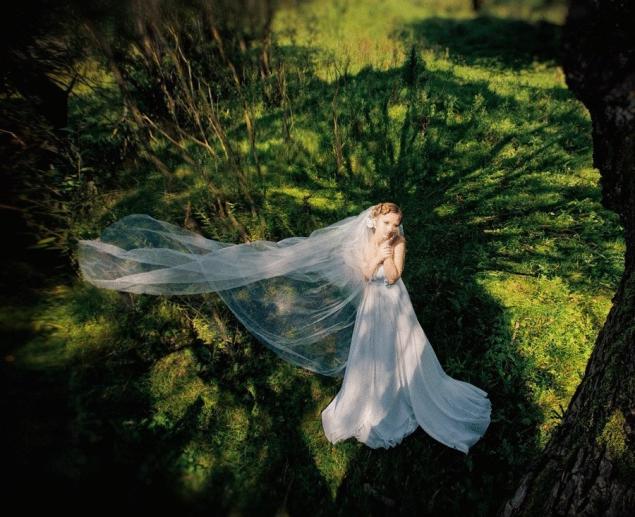
In the XV century the Crusades brought medieval Europe, some of the Eastern traditions. Among them were wedding veil; if the Muslim women had to wear the burqa even after the wedding, hiding its beauty, the veil in Europe quickly acquired another meaning, becoming a symbol of modesty and purity. Tenderly white veil symbolized the purity, innocence of the marrying girls, and to some extent retains this meaning until now: that's why only first-time brides women today wear a wedding veil. Another symbolic meaning of the wedding veils in ancient times was a sign of belonging to the family of the husband. It was believed that after the groom removes the bride's veil, he takes her under his wing — and from that moment on, the girl comes a married woman. That is why initially the veil was long and reached down to the heels, symbolizing the subordination of woman to man — and today, its length can vary from the traditional long to short wedding veils veils. Today, the bride often removes the veil itself — which indicates equality with a man. In ancient times, such a gesture could be viewed as a symbol of defiance the bride newfound family — her husband and mother-in-law.
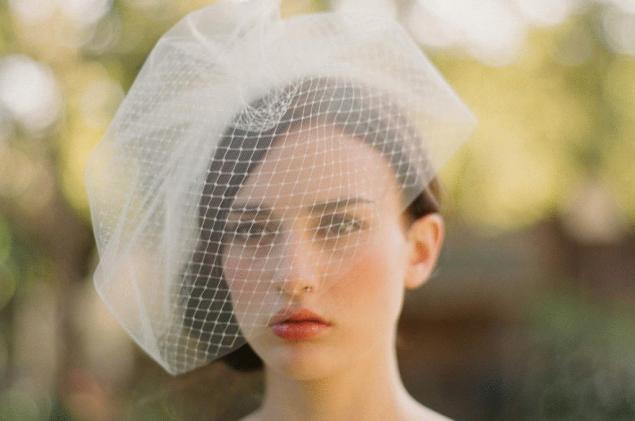
Another custom, which explains the appearance of wedding veils — a tradition of conducting marriage as an agreement between the bride and the parents of the bride. The future husband could see the face of his bride until after the wedding — and a long opaque veil the bride's face closed to the bridegroom at the last moment decided not to marry after seeing the appearance of his future wife.

By the middle of the XX century the veil of long and lush turned into a small veil, sometimes covering only the eyes of the bride. This is explained by the post-war era, made much easier and more practical and casual attire women, wedding outfits. In place of the classic wedding dresses came in modest suits with long veil which can not be combined. So instead of a traditional veil bride chose a small semi-transparent Voile with embroidery, pinning her to the hat or hair.
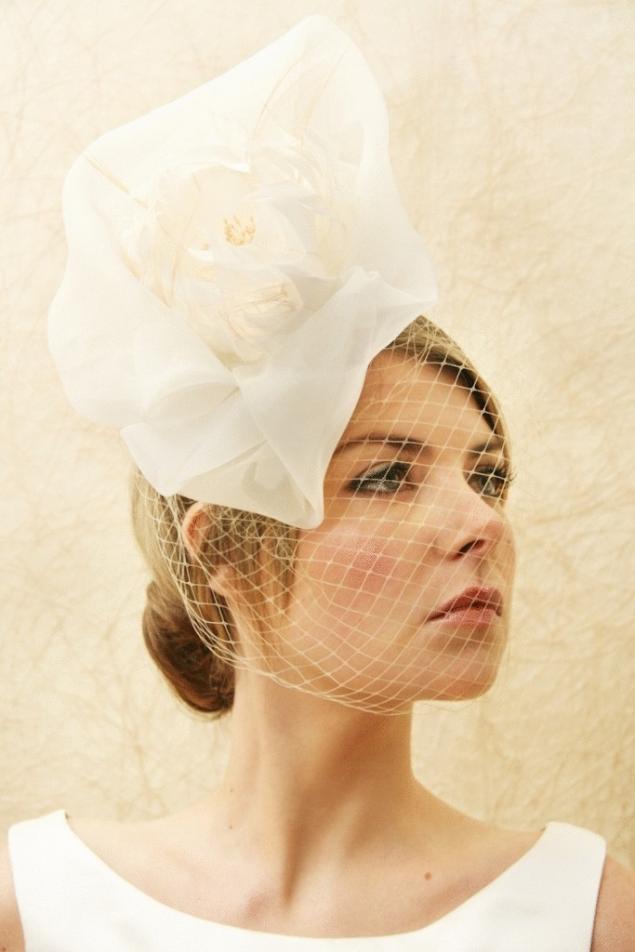
The era of modesty in wedding fashion was short-lived: in the nineties, long veils are back in fashion. However, instead of luxurious wedding veils from silk and tulle modern brides often choose a more practical veil is made of nylon, which breaks much less frequently. The length of a veil the bride chooses according to the dress and the long veil is today considered a veil, adorned the hair of the famous American TV presenter star Jones — its length was 8.23 meters, half a meter long luxury wedding veils Princess Diana. The first American bride to wear a veil, was a Nellie Castes, beloved of major Lawrence Lewis, aide to President George Washington. Nelly chose a veil is not for any religious reasons: just one day her future husband, seeing his darling behind the lace curtain, was struck by her beauty. Thus, nally one of the first Americans realized how much more attractive the bride's face makes such a simple detail, like a veil.
Source: /users/155

Today, the wedding veil should match the color of the wedding dress — and thus, most often white or a light shade of ivory. To replace the opaque tissue came translucent tulle and lace, not hiding the bride's face, but rather emphasizes its beauty and a certain mystery.

In the XV century the Crusades brought medieval Europe, some of the Eastern traditions. Among them were wedding veil; if the Muslim women had to wear the burqa even after the wedding, hiding its beauty, the veil in Europe quickly acquired another meaning, becoming a symbol of modesty and purity. Tenderly white veil symbolized the purity, innocence of the marrying girls, and to some extent retains this meaning until now: that's why only first-time brides women today wear a wedding veil. Another symbolic meaning of the wedding veils in ancient times was a sign of belonging to the family of the husband. It was believed that after the groom removes the bride's veil, he takes her under his wing — and from that moment on, the girl comes a married woman. That is why initially the veil was long and reached down to the heels, symbolizing the subordination of woman to man — and today, its length can vary from the traditional long to short wedding veils veils. Today, the bride often removes the veil itself — which indicates equality with a man. In ancient times, such a gesture could be viewed as a symbol of defiance the bride newfound family — her husband and mother-in-law.

Another custom, which explains the appearance of wedding veils — a tradition of conducting marriage as an agreement between the bride and the parents of the bride. The future husband could see the face of his bride until after the wedding — and a long opaque veil the bride's face closed to the bridegroom at the last moment decided not to marry after seeing the appearance of his future wife.

By the middle of the XX century the veil of long and lush turned into a small veil, sometimes covering only the eyes of the bride. This is explained by the post-war era, made much easier and more practical and casual attire women, wedding outfits. In place of the classic wedding dresses came in modest suits with long veil which can not be combined. So instead of a traditional veil bride chose a small semi-transparent Voile with embroidery, pinning her to the hat or hair.

The era of modesty in wedding fashion was short-lived: in the nineties, long veils are back in fashion. However, instead of luxurious wedding veils from silk and tulle modern brides often choose a more practical veil is made of nylon, which breaks much less frequently. The length of a veil the bride chooses according to the dress and the long veil is today considered a veil, adorned the hair of the famous American TV presenter star Jones — its length was 8.23 meters, half a meter long luxury wedding veils Princess Diana. The first American bride to wear a veil, was a Nellie Castes, beloved of major Lawrence Lewis, aide to President George Washington. Nelly chose a veil is not for any religious reasons: just one day her future husband, seeing his darling behind the lace curtain, was struck by her beauty. Thus, nally one of the first Americans realized how much more attractive the bride's face makes such a simple detail, like a veil.
Source: /users/155
